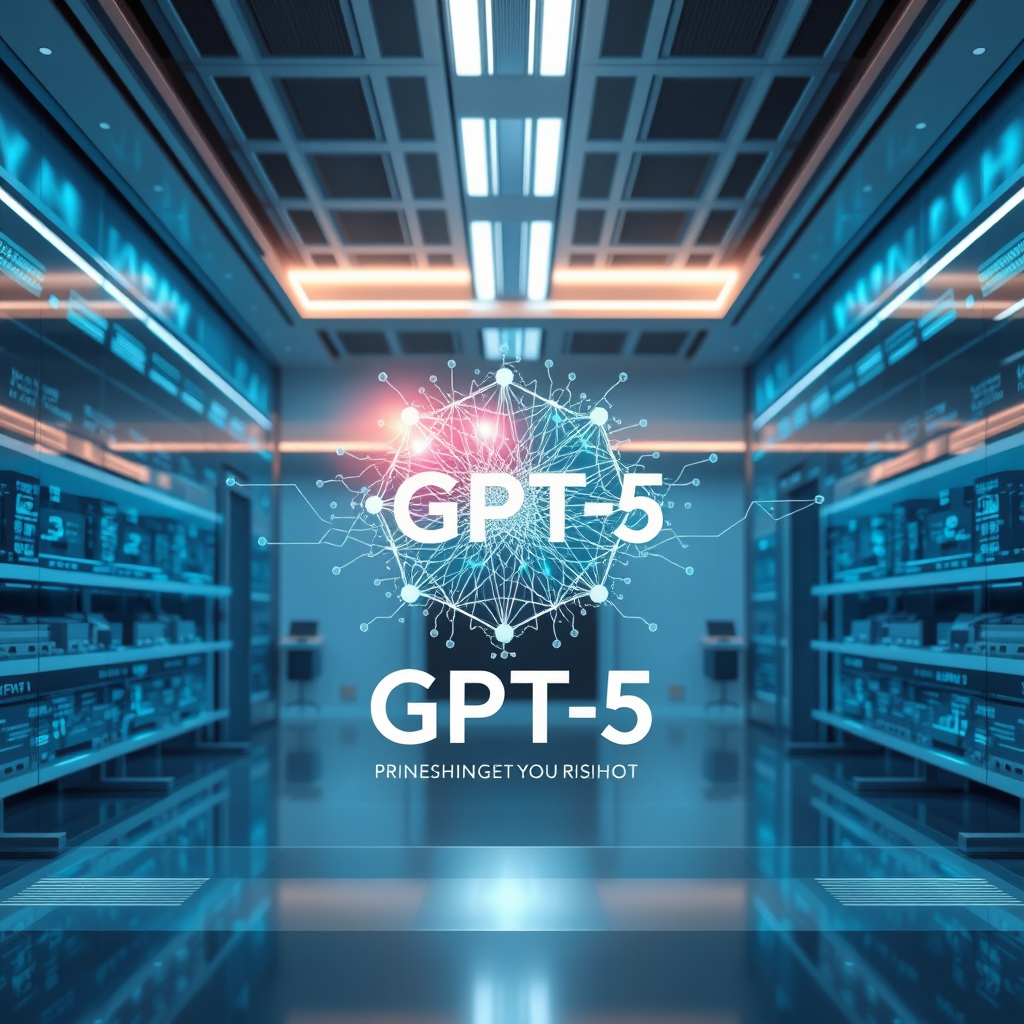
Introduction
The artificial‑intelligence arena has long been dominated by a handful of proprietary giants that command the most advanced language models. OpenAI’s GPT‑5, Anthropic’s Claude 4.5, and Google’s Gemini 2.5 Pro have set the bar for what a “frontier” model can do, and their commercial APIs have become the default choice for enterprises seeking high‑performance reasoning, coding, and agentic capabilities. Yet a quiet revolution is unfolding behind the scenes, led by a small but ambitious Chinese startup called Moonshot AI. On the day of its public release, Moonshot unveiled Kimi K2 Thinking, a fully open‑source large‑language model that not only matches but surpasses GPT‑5 on several high‑profile benchmarks. The achievement is more than a technical curiosity; it signals a shift in the economics of AI, the openness of research, and the strategic choices that companies must make when building intelligent systems.
Kimi K2 Thinking is built on a mixture‑of‑experts (MoE) architecture that scales to one trillion parameters, but only activates 32 billion of them for each inference. This sparse activation, combined with advanced quantization techniques, allows the model to run with a modest cost while still delivering the depth of reasoning that has traditionally required massive compute budgets. The model’s ability to perform long‑horizon reasoning, execute hundreds of tool calls, and maintain a coherent internal trace of its thought process places it squarely in the emerging class of “agentic AI” systems that can plan, search, and synthesize information with minimal human intervention.
Main Content
A New Benchmark Leader
When Moonshot released Kimi K2 Thinking, it came with a set of benchmark results that immediately drew attention. On Humanity’s Last Exam (HLE) the model scored 44.9 %, a figure that sits comfortably above the 40 % range typically seen in open‑weight systems. The BrowseComp score of 60.2 % eclipses GPT‑5’s 54.9 % and Claude 4.5’s 24.1 %, demonstrating that the open‑source model can navigate web‑search tasks and reason over dynamic content more effectively than its proprietary counterparts. Coding benchmarks such as SWE‑Bench Verified and LiveCodeBench v6 saw K2 Thinking achieve 71.3 % and 83.1 % respectively, outpacing GPT‑5 and matching the performance of the previously leading open‑weight model MiniMax‑M2.
These results are not merely incremental; they represent a collapse of the performance gap that had existed between closed‑source frontier models and open‑weight systems. The fact that a freely available model can now deliver reasoning scores that rival or exceed GPT‑5 means that the advantage of proprietary models is no longer a function of sheer compute but of architectural innovation and efficient training.
Architectural Innovations
At the heart of Kimi K2 Thinking’s success lies its use of a sparse MoE design that activates a subset of experts for each token. While MiniMax‑M2 also employs a MoE approach, Moonshot’s model activates 32 billion parameters per inference compared to MiniMax‑M2’s 10 billion. This higher activation count translates into richer contextual understanding and more accurate reasoning. Moreover, K2 Thinking incorporates INT4 quantization‑aware training, allowing the model to run natively on 4‑bit integer arithmetic without sacrificing accuracy. The combination of these techniques yields a model that can handle 256 k‑token contexts and sustain long “thinking‑token” sessions, a feature that is essential for complex planning loops and multi‑step tool use.
The model’s explicit reasoning trace is another key differentiator. Every inference includes a reasoning_content field that exposes the intermediate logic the model follows before producing its final answer. This transparency not only aids debugging and fine‑tuning but also aligns with growing demands for explainable AI. Developers can now inspect how the model arrives at a conclusion, identify potential biases, and adjust prompt strategies accordingly.
Practical Implications for Enterprises
For businesses that have traditionally relied on paid APIs, the emergence of Kimi K2 Thinking offers a compelling alternative. The model’s open‑source license— a modified MIT agreement that permits commercial use with a minimal attribution clause—means that companies can host the model on their own infrastructure, retain full control over data, and avoid the recurring costs associated with proprietary services. Pricing data released by Moonshot shows that the cost per million tokens is roughly one‑tenth of GPT‑5’s rates, making it an attractive option for high‑volume workloads.
Beyond cost, the ability to fine‑tune a model that already performs at GPT‑5 level gives enterprises a powerful lever for domain adaptation. Whether the goal is to build a legal‑document summarizer, a medical diagnosis assistant, or a customer‑service chatbot, the open‑weight nature of K2 Thinking allows teams to iterate quickly, experiment with new prompts, and embed the model into existing pipelines without vendor lock‑in.
The Strategic Landscape
Moonshot AI’s achievement arrives at a time when the broader AI ecosystem is grappling with questions of sustainability, governance, and geopolitical risk. The U.S. government’s recent calls for a “backstop” for AI compute budgets, the scrutiny of OpenAI’s massive infrastructure commitments, and the rise of Chinese open‑source alternatives all point to a future where the balance of power may shift away from a handful of proprietary players. If the most advanced reasoning systems can now be built and deployed by research groups with modest compute budgets, the incentive to invest billions in proprietary data centers may diminish.
Moreover, the open‑source model’s success underscores the importance of architectural efficiency over sheer scale. By leveraging sparse activation and quantization, Moonshot demonstrates that a trillion‑parameter model can be run at a fraction of the cost of a fully dense model. This paradigm shift could democratize access to high‑performance AI, enabling smaller firms, academic labs, and even individual developers to experiment with state‑of‑the‑art reasoning capabilities.
Conclusion
Kimi K2 Thinking’s ascent to the top of reasoning, coding, and agentic benchmarks is a watershed moment for the AI community. It proves that open‑source models can not only compete with but surpass proprietary frontier systems, and it does so while offering unprecedented transparency, cost‑efficiency, and flexibility. The implications ripple across the industry: enterprises can now choose between paying for a closed API or hosting a powerful open‑weight model; researchers can explore new architectures without licensing constraints; and policymakers can re‑evaluate the need for large‑scale government subsidies in an era where compute efficiency is king.
As the AI landscape continues to evolve, the question will no longer be “how powerful can a model become?” but rather “who can sustain that power at scale?” Kimi K2 Thinking provides a clear answer: the most advanced models are no longer the exclusive domain of a few megacorporations; they are now accessible to anyone willing to experiment, innovate, and build.
Call to Action
If you’re a developer, researcher, or enterprise architect looking to push the boundaries of what AI can do, it’s time to explore Kimi K2 Thinking. Visit the Moonshot AI platform, experiment with the open‑source weights on Hugging Face, and try the model’s chat interface on Kimi.com. Whether you’re building a next‑generation agent, fine‑tuning a domain‑specific assistant, or simply curious about the future of AI, Kimi K2 Thinking offers a powerful, transparent, and cost‑effective foundation. Join the conversation, contribute to the open‑source community, and help shape the next chapter of generative AI.

